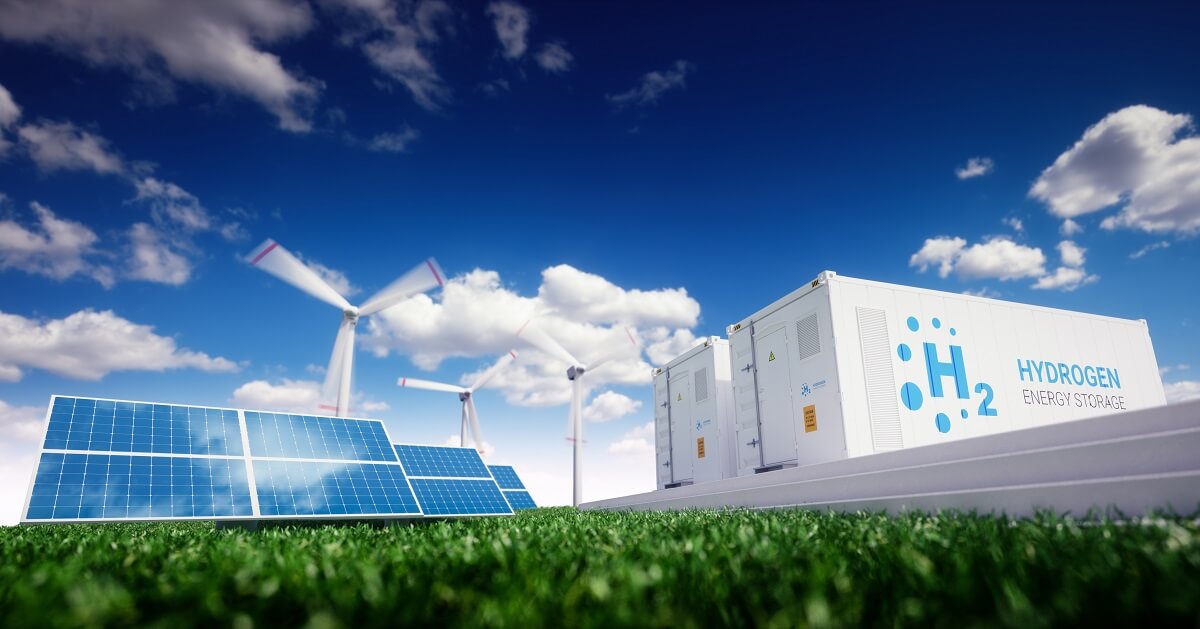
Opinions Technologies decarbonization 760 17 May 2021
Access to cheap and clean electricity will be the key competitive advantage
“Winter is coming, the steel price is rising,” says the popular wisdom of 2070. One may ask, what is the connection here? Yet this is no surprise. To achieve carbon neutrality, the steel industry will radically change by 2050–2070. Supply chains will also change and the role of electricity will increase.
The International Energy Agency (IEA) expects the traditional BF-BOF technology to disappear in 30–50 years. It will be replaced with hydrogen-based DRI (direct reduced iron). The structure of the primary cost of DRI steel considerably differs from that produced in the traditional BF-BOF route. In traditional technologies, raw materials accounted for a lion’s share in the primary cost, whereas in DRI-based production, electricity costs are on the top.
The University of Cambridge Institute for Sustainability Leadership estimates electricity costs at 35–45% of the total cost of hydrogen-based DRI. This will require approximately 3.5 MWh of electricity per ton of steel. This is 15 times more than the traditional technology. Electricity will automatically become the most sensitive cost factor. Specifically, an increase in prices from €40 to €60 per MWh will prompt a 17% increase in the steel cost.
This will have the following effects:
- Access to cheap, ‘clean’ electricity will be the key competitiveness factor. Earlier, steel producers built vertical integration with producers of raw materials (coal, iron ore), whereas nowadays, vertical integration with electricity generation and hydrogen production becomes increasingly important.
- The industry’s demand for electricity will dramatically grow. This will require electricity from renewable energy sources. The energy sector may appear to be unprepared, because significant investment will be needed for the expansion of generation and distribution networks. According to steel producers, decarbonization of steel production will require $1 thousand per ton of steel. At the same time, the infrastructure preparations (electricity generation and hydrogen production) will be 3.5–4.5 times more expensive.
- The unpreparedness of the energy sector will trigger higher electricity prices and a surge in market volatility. As we have already mentioned, even such factors as changing weather will significantly affect the steel cost. Hedging instruments, which do not work in Ukraine, will be needed.
- To eliminate the risks of fluctuations in electricity and hydrogen prices, steel producers implement, along with decarbonization projects, their own projects or partnerships for hydrogen production and electricity generation. The examples include Thysenkrupp’s partnerships with RWE and STEAG for ‘green’ hydrogen production, ArcelorMittal Bremen’s partnership with EWE energy company, construction of Salzgitter’s own wind turbine fleet, GrInHy’s R&D project, Posco and Fortescue partnership for joint production of hydrogen, ArcelorMittal’s ‘hydrogen consortium’ with 11 global companies, etc.
- The electricity market is fragmented. This is not a global market, like any other commodity that China sells to the EU, and the EU sells to Japan, etc. Commodity flows between countries and regions are limited. In other words, low electricity prices in some regions may shape an advantage for industrial companies. Producers from other regions lagging behind in terms of the energy sector development will lose.
- Cheap, affordable, green electricity will become the most important factor of region’s attractiveness when locating production capacities.
In general, an increase in electricity consumption is a flagship element of greening. Apart from DRI, the development of scrap-based EAF steelmaking will also foster electricity consumption. Yet, this is typical not only for the steel industry, but also for other carbon-intensive sectors.
Those who have access to cheap electricity will have an advantage. This is not a brand new idea, but it takes on new shapes in terms of decarbonization.
Global changes are taking place in the energy sector as well. Conditions may well be created when electricity prices will considerably differ in different regions. That means the energy sector development will be either beneficial or detrimental to the local economy.
The article was originally posted here.




